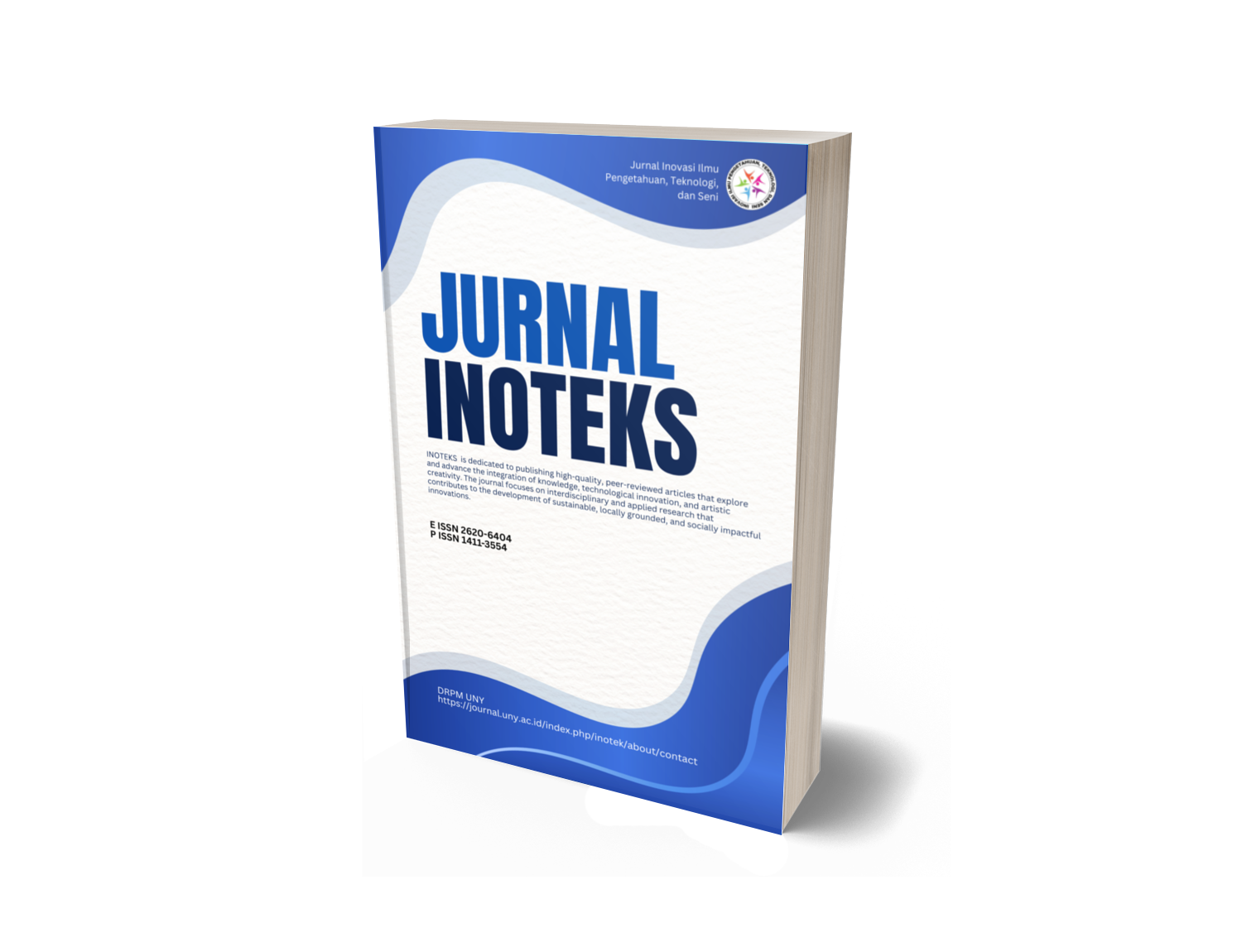MESIN PENGERING KERUPUK HEMAT ENERGI UNTUK MENINGKATKAN PRODUKTIVITAS PRODUSEN KERUPUK
DOI:
https://doi.org/10.21831/ino.v7i1.5216Abstract
The objective of producing a low energy drying machine is to help chips industries in increasing their productivity by shortening the drying time. Up to now they use heat of sunlight to dry the chips.This process is time consuming and why the dry season comes, the process isdelayed. It decreases the quality of chips.The drying machine produced uses firewood placed in a furnace as the heat source. The heat is then flown through pipes into the drying room, where wet chips are placed. iiThe room has a length of 1.2 m, a height of 1 m and a width of 1 m. It has twodoors and equipped with a thermometer. Below the room, there is a furnace having capacity of 6 kg tire wood and an oxygen inlet. The drying temperature is 60 - 70° C. I kg firewood can produce the heat with temperature of 60 - 70° C for 1.5 hours.The drying process of wet- chips takes about 5 hours. For that of half dry chips, it takes 2hours. This machine has capacity of2.400 wet chips and 6.000 half dry chips.
Downloads
How to Cite
Sudiyatno, S., & Rachmad, S. (2015). MESIN PENGERING KERUPUK HEMAT ENERGI UNTUK MENINGKATKAN PRODUKTIVITAS PRODUSEN KERUPUK. INOTEKS: Jurnal Inovasi Ilmu Pengetahuan,Teknologi, Dan Seni, 7(1). https://doi.org/10.21831/ino.v7i1.5216
Issue
Section
Articles
Citation Check
License
- Authors certify that the work reported here has not been published before and contains no materials the publication of which would violate any copyright or other personal or proprietary right of any person or entity.
- Authors transfer or license the copyright of publishing to Jurnal Civics: Media Kajian Kewarganegaraan to publish the article in any media format, to share, to disseminate, to index, and to maximize the impact of the article in any databases.
- Authors hereby agree to transfer a copyright for publishing to Jurnal Civics: Media Kajian Kewarganegaraanas a Publisher of the manuscript.
- Authors reserve the following:
- all proprietary rights other than copyright such as patent rights;
- the right to use all or part of this article in future works of our own such as in books and lectures;
- use for presentation in a meeting or conference and distributing copies to attendees;
- use for internal training by author's company;
- distribution to colleagues for their research use;
- use in a subsequent compilation of the author's works;
- inclusion in a thesis or dissertation;
- reuse of portions or extracts from the article in other works (with full acknowledgement of final article);
- preparation of derivative works (other than commercial purposes) (with full acknowledgement of final article); and
- voluntary posting on open web sites operated by author or author's institution for scholarly purposes, but it should follow the open access license of Creative Common CC BY-NC-SA License.









